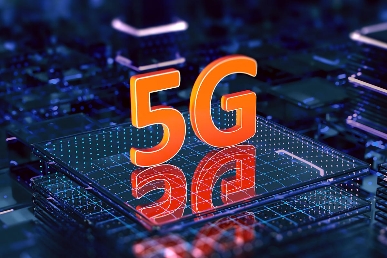
The development cycles for 5G networks have been notably fast compared to previous generations of mobile technology. Here are several factors that have contributed to this rapid evolution:
The exponential growth of data consumption and the increasing number of connected devices have driven the need for faster and more reliable networks. This demand has accelerated the push for 5G development.










Innovations in wireless technology, such as MIMO (Multiple Input Multiple Output), millimeter-wave frequencies, and beamforming, have enabled faster speeds and greater capacity. These technologies have been developed and tested rapidly, facilitating quicker deployment.
Organizations like the 3rd Generation Partnership Project (3GPP) have worked to create faster and more collaborative standardization processes. This has allowed for quicker agreement on the specifications and features of 5G technology.
Collaboration among telecom operators, equipment manufacturers, and software developers has increased. This ecosystem approach fosters innovation and helps in addressing challenges more efficiently.
Much of the foundational infrastructure for 5G builds on existing 4G LTE networks. Operators can leverage existing technology and resources to accelerate the rollout of 5G services.
Many governments are actively promoting the development of 5G networks, providing funding and incentives for research and deployment. This support can significantly speed up the process.
Various companies and municipalities have initiated trial programs to test and refine 5G technology and applications. These pilot projects help identify potential issues and solutions early in the development cycle.
The promise of a range of new applications—from smart cities and autonomous vehicles to enhanced mobile broadband and IoT—has spurred investment and interest, driving developers to work more quickly to bring these solutions to market.
With multiple players in the telecommunications market vying for leadership in the 5G arena, there is intense competition to be the first to market with effective solutions, leading to faster development cycles.
The combination of strong global demand, technological advancements, effective standardization, collaborative ecosystems, supportive government policies, and competitive pressures has resulted in faster development cycles for 5G networks. As 5G technology continues to mature, ongoing innovations and adjustments will likely keep this pace of development brisk as the industry explores its full potential.


Leave a Reply